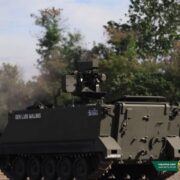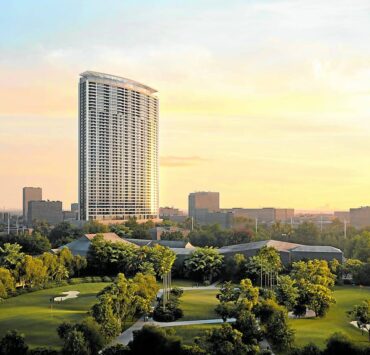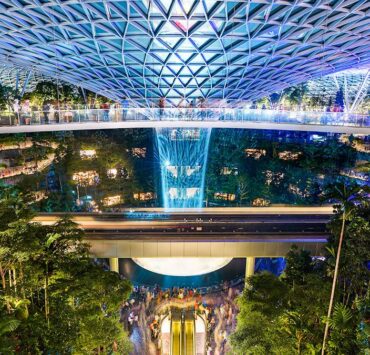Quezon City’s transformation into a modern urban powerhouse

With its land size and population density, Quezon City has consistently proven throughout the years that it has the foundations of a complete urban center.
Quezon City stands out for being the biggest city in the country in terms of population at 2.96 million as of 2020, and for having the largest land area of 171.71 sq km or 17,171 hectares among the 16 highly urbanized cities in Metro Manila. It also hosts a mix of businesses, commercial and office zones, government offices, IT parks, residential communities, and esteemed educational institutions.
Today, Quezon City continues to grow, serving as a hub of promising opportunities for many.
Historical significance
The enactment of Republic Act No. 333 on July 17, 1948 made Quezon City the capital of the Philippines for 27 years until 1976. The city bore witness to key historical events, such as the Cry of the Pugad Lawin, the Battle of La Loma, and the Edsa People Power, which attests to the city’s historical significance.
Situated in the northeast portion of Metro Manila, Quezon City is bounded on the north by Caloocan City and San Jose del Monte City in Bulacan province, on the east by San Mateo and Marikina, on the south by Pasig and Mandaluyong, San Juan, and Manila, and on the west by Valenzuela, Caloocan, and Manila.
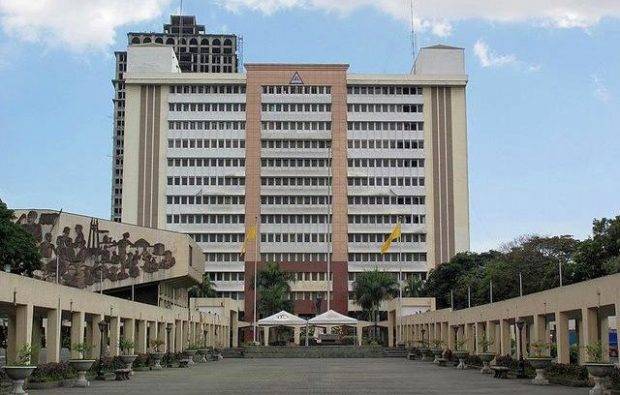
Quezon City is among the most accessible locations in the metro, made even more convenient by the fact that many major thoroughfares are located in the city, along with the Light Rail Transit and the Metro Rail Transit.
Infrastructure buildup
To improve heavy traffic and overcrowding, among other challenges posed by modern urban development over the decades, the government rolled out infrastructure programs to improve public transportation and interconnectivity.
These include the North Triangle Common Station, which will serve as a unified, grand central rail hub connecting all existing LRT and MRT lines in Metro Manila, and the 36-km Metro Manila Subway.
In October, the Government Service Insurance System (GSIS) said a giant transport hub will be built on its 3-ha property in Quezon City, at the corner of the Elliptical Road and Commonwealth Avenue. The transport hub, dubbed as “Project Hub,” is seen to rival the size of the Parañaque Integrated Terminal Exchange (PITX). By 2027, it is expected to enhance access to the neighboring Philcoa Station of the MRT-7 once it begins operating from the North Triangle Common Station.
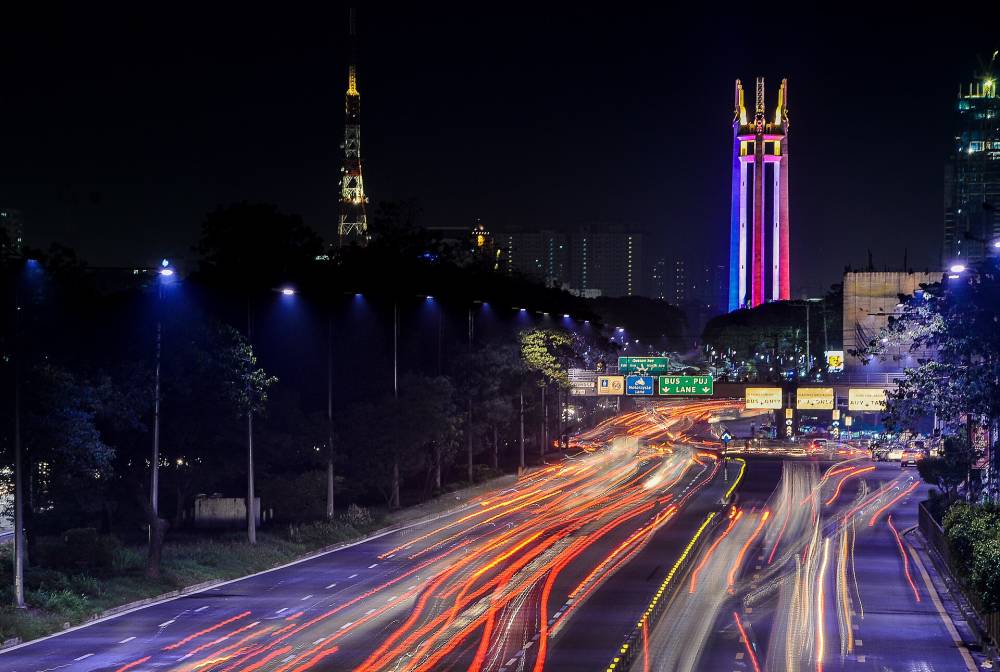
Growing residential communities
Up north, one can find the growing residential communities in Barangays Fairview and North Fairview, both of which offer proximity to universities, offices, and institutions, making it attractive to many new residents and investors.
Despite the calmer ambiance of the northern part of Quezon City, it does not lose out in terms of accessibility and progress. All types of services are readily available, as there are business parks, eco parks, shopping malls, wet and dry markets, and hospitals within the vicinity.
Conducive environment
Investors and those looking to expand their businesses will find a conducive environment in Quezon City thanks to the city administration’s various efforts to boost the city’s economic growth and development.
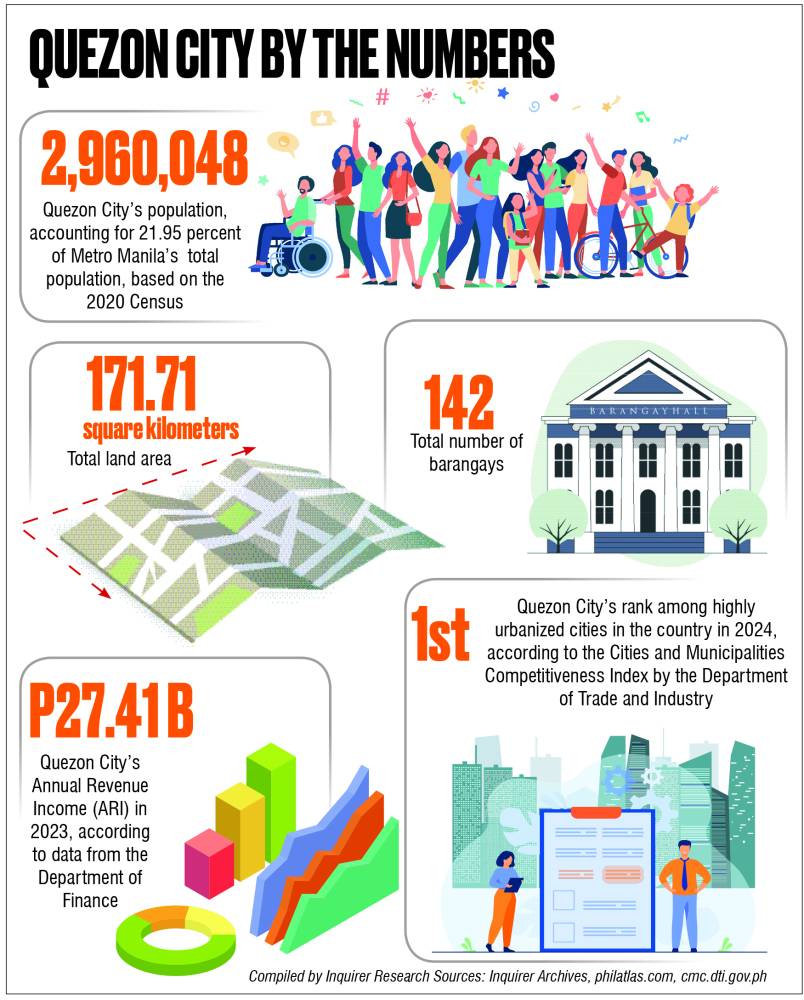
In September, Quezon City Mayor Joy Belmonte approved an ordinance providing a two-year exemption for new medium and large enterprises with an asset size of over P15 million, excluding land value, from business tax, amusement tax, franchise tax, and real property tax on registered land and new buildings constructed within two years from registration.
Quezon City is also proving to be conducive for property developers. One of these projects includes DoubleDragon Corp.’s 702-room Hotel101-Libis, touted to be the largest hotel in the city. It will be built within a 2,547-sqm property and is scheduled for completion in the first quarter of 2026.
Back-to-back awards
Once again attesting to its excellence, the city government recently clinched awards, including the prestigious “Overall Most Competitive Local Government Unit” recognition under the Highly Urbanized Category from the Creative Cities and Municipalities Congress 2024 of the Department of Trade and Industry. It also garnered back-to-back accolades from the Galing Pook Awards and the Philippine Chamber of Commerce and Industry.
Sources: Inquirer Archives, philatlas.com, quezoncity.gov.ph, cmc.dti.gov.ph, pna.gov.ph









